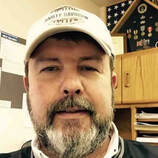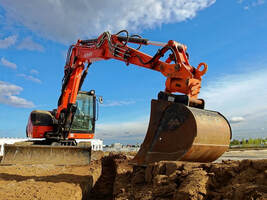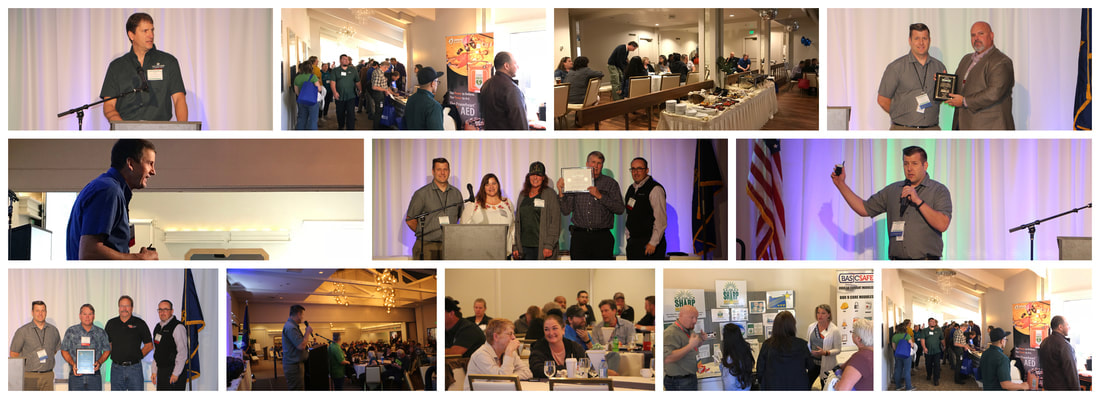
However, there are times when a supervisor will make a comment like, “Yes, I really do tell and expect my team to be safe!” I will often ask how they make that happen. They usually give feedback indicating the idea that communication is important and that one must talk with the team and tell them that they need to be safe and then observe their actions. Unfortunately, this falls short of what is really needed. I tell them this, “You need to be more descriptive because here’s a really uncomfortable fact: You can’t make people safe by telling them to be safe. Telling them to be safe and then becoming upset when they do something you deem unsafe is a losing proposition. Telling someone to be safe means absolutely nothing to the person doing the hard work.”
Personnel who work in a production setting are often found working hard, trying to do a great job, trying to be productive for the team, and trying to “own” what they do. Therefore, a supervisor owes it to them to be very clear on the supervisor’s expectation of what is meant by “be safe.” Because the term “be safe” is a moving target, there is no chance to apply the term to all that is being done on the job. Being more descriptive is key!
It is work and harder to do than telling someone to be safe, but for the safety of the team, it changes everything. By doing hazard assessments, by understanding work performance and the safety issues that can arise with it, and by documenting results for continuity, supervisors can have a good foundation to start with. Writing standard operating procedures and completing job safety analyses are essential foundational safety documents. The team must understand all of these elements. Still, this is not enough. Communicating what being safe means rounds out the effort and is the most essential element.
I had a supervisor tell me that he brings his crew into the lunchroom before every shift. He tells them that he needs them to wear the gloves chosen for the work, that they need to wear their safety glasses, hearing protection, arm guards, safety-toed shoes, and the appropriate clothes. He tells them that when they have to use tools to overcome a machine system malfunction, he does not want them to use excessive force when pushing or pulling on items or tools. He tells them to “pre-task” the work to discuss hazards before they start and control hazards up front. He tells them to slow it down and not worry about production because the repairs need to be done safely. You see, this supervisor gets it. He understands that he has to be clear on what “be safe” means. His team knows how to be safe!
The takeaway is this, the words “be safe” mean very little where the rubber meets the road. Clear and specific communication that describe precisely what is meant goes so much further at building a team who truly does know what it means to be safe. Better stated: The team can apply specific and clear actions from clear and specific description of what safety is. If you have a desire for a strong safety culture, this level of communication is foundational!


 RSS Feed
RSS Feed
